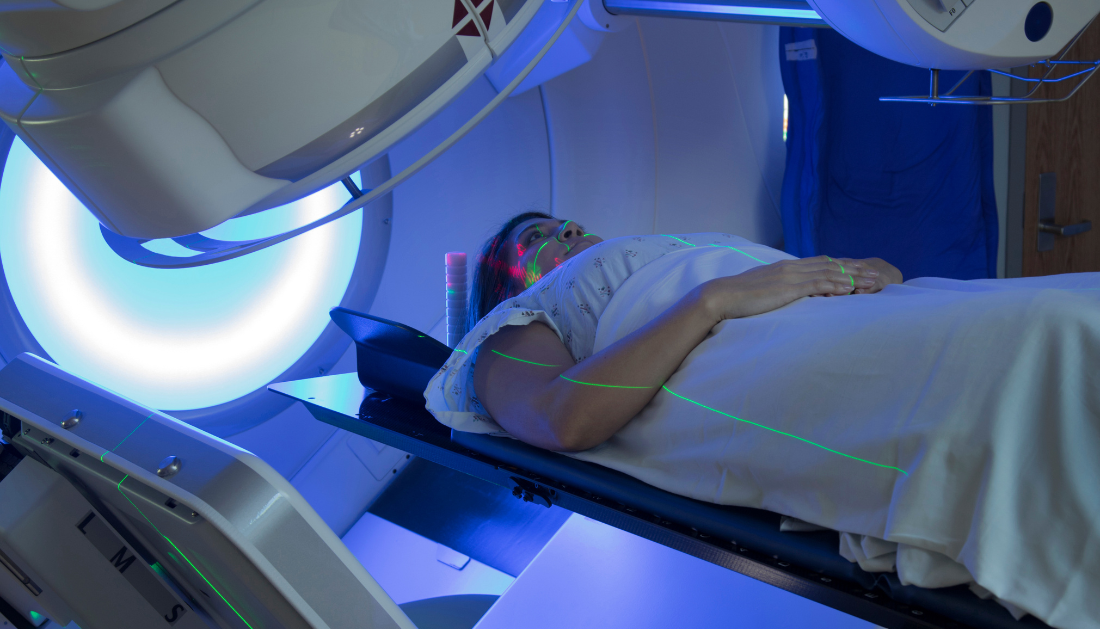

New materials created at the University of Surrey may pave the way for a new generation of flexible X-ray detectors with applications ranging from cancer therapy to improved airport scanners.
X-ray detectors have traditionally been composed of heavy, rigid materials such as silicon or germanium. New, flexible detectors are less expensive and can be molded to scan things, boosting accuracy when screening patients and lowering danger when imaging malignancies and giving radiotherapy.
“This new material is flexible, low-cost, and sensitive,” said Dr. Prabodhi Nanayakkara, who led the research at the University of Surrey. The fact that this substance is tissue comparable is interesting. This opens the door to live dosimetry, which is now impossible with existing technology.”
If a broad area needs to be covered, most X-ray detectors on the market today are heavy, rigid, energy-consuming, and expensive.
Organic semiconductors, which are composed of hydrogen and carbon, provide a more flexible alternative, but do not create as detailed an X-ray image as classic detectors.
To address this issue, researchers at the University of Surrey’s Advanced Technology Institute built ink-based devices by combining modest quantities of high atomic number elements with an organic semiconductor.
Based on prior research in this sector, the team’s new detector acts more like human flesh under X-rays, potentially leading to new, safer approaches for administering radiation, mammography, and radiography. “Tissue equivalent curved organic X-ray detectors utilizing high atomic number polythiophene analogs,” published in Advanced Science.
“This new technology could be used in a variety of settings, such as radiotherapy, scanning historical artifacts, and in security scanners,” said Professor Ravi Silva, director of Surrey’s Advanced Technology Institute. The University of Surrey, in collaboration with its spin-off SilverRay Ltd, continues to set the standard for flexible X-ray detectors—we’re thrilled to see the technology showing great potential for a variety of applications.”
“We have been developing heavy analogs of traditional organic semiconductors for some time, and we were intrigued when Dr. Imalka Jayawardena suggested their application in X-ray detectors,” said co-author Professor Martin Heeney of Imperial College London. These findings are highly interesting, especially given that this was the first material studied, and there is lots of room for further advancement.”
more recommended stories
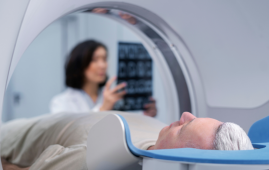 Researcher Develops MRI Scan Error Detection Sensor
Researcher Develops MRI Scan Error Detection SensorThe world’s first sensor prototype that.
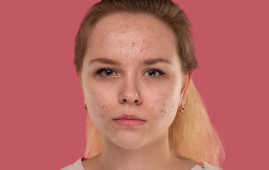 Antioxidants: Impact on Quality of Life in Acne Vulgaris
Antioxidants: Impact on Quality of Life in Acne VulgarisA recent study published in the.
 Brain Pulsations Linked to High BMI
Brain Pulsations Linked to High BMIAccording to a new study from.
 Brain Age Estimation: EEG Advancements in Neurology
Brain Age Estimation: EEG Advancements in NeurologyTo estimate brain age using EEG.
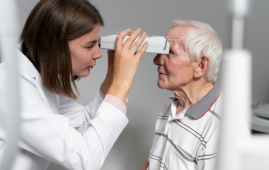 Retinal Neurodegeneration in Parkinson’s Disease
Retinal Neurodegeneration in Parkinson’s DiseaseBy measuring the thickness of the.
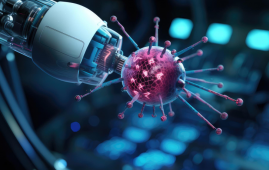 Role of Engineered Peptides in Cancer Immunotherapy
Role of Engineered Peptides in Cancer ImmunotherapyIn a recent publication in Nature.
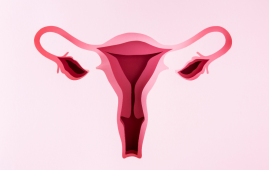 Neoadjuvant Chemotherapy Boosts Ovarian Cancer
Neoadjuvant Chemotherapy Boosts Ovarian CancerDuring the COVID-19 pandemic, US women.
 Nutrient Optimization: Vitamin D for Health
Nutrient Optimization: Vitamin D for HealthResearchers addressed the prevalence of vitamin.
 AD and Headache Disorders: Recent Findings
AD and Headache Disorders: Recent FindingsAtopic dermatitis (AD) patients may be.
 Myasthenia Gravis Treatment: Eculizumab & Ravulizumab
Myasthenia Gravis Treatment: Eculizumab & RavulizumabA recent study found that myasthenia.

Leave a Comment